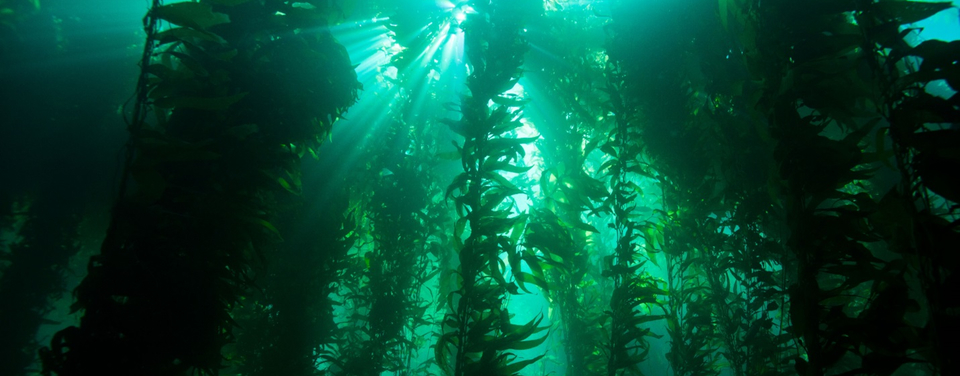Designating regions of the ocean as marine protected areas, or MPAs is an increasingly widely used approach to protect marine species from human activity, particularly harvesting. The practice is new enough, however, that what makes a good prospective MPA, and how best to track an MPA’s success, are still open questions.
One approach to MPA assessment is piloted in a paper published this summer in the Journal of Applied Ecology by CSUN Assistant Professor of Biology Kerry Nickols and collaborators at Oregon State University, UC Santa Cruz, Moss Landing Marine Laboratories, and UC Davis. The team focused on population dynamics of the blue rockfish, Sebastes mystinus, in three MPAs along the central coast of California. Blue rockfish have not become substantially more common since the three MPAs were established — but it’s not clear whether they would have declined without the MPAs, or how protection will population growth over the longer term.
To address this, Nickols and her collaborators used long-term surveys of fish populations in and near the three focal MPAs collected by the Partnership for Interdisciplinary Studies of the Coastal Ocean. They used this data to estimate how heavily blue rockfish had been harvested in the MPAs before protections were put in place, and how blue rockfish population growth varied from year to year. Then, they projected forward from the establishment of each MPA, under two scenarios: one in which harvesting continued as it had in the past, and one with harvesting reduced to zero by the MPA protections. In two out of three MPAs, the protected scenario predicted population growth for blue rockfish; in the third, the harvest rate before protection was established was so low that the species’ population was unchanged.
Nickols et al expect that a similar approach could be applied to other MPAs, both to assess the value of protection and to provide a standard against which protections can be compared. The full paper is available open-access on the journal website.
Image: Kelp forest (Flickr: NOAA)


One Reply to “Nickols leads study tracking the success of California’s marine protected areas”
Comments are closed.